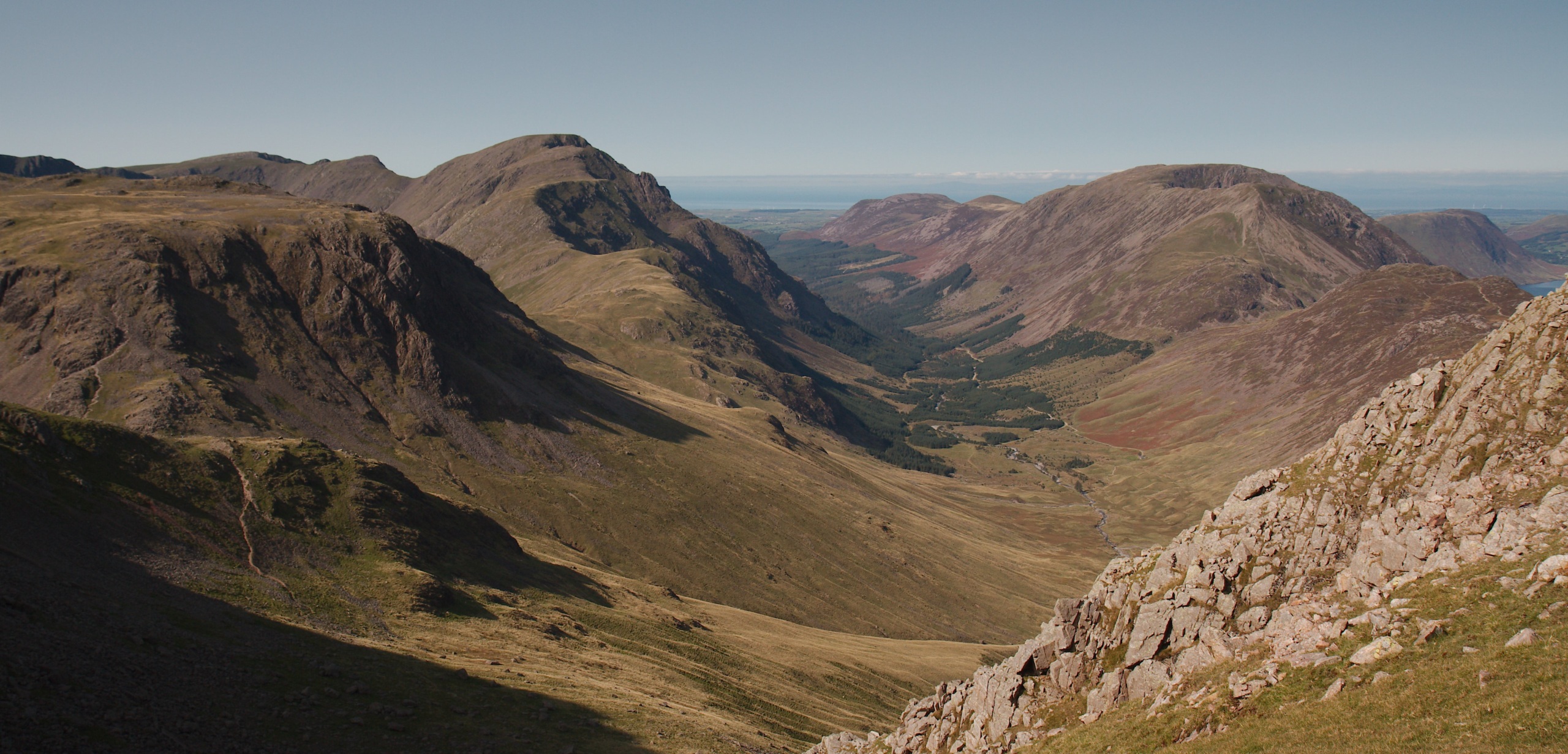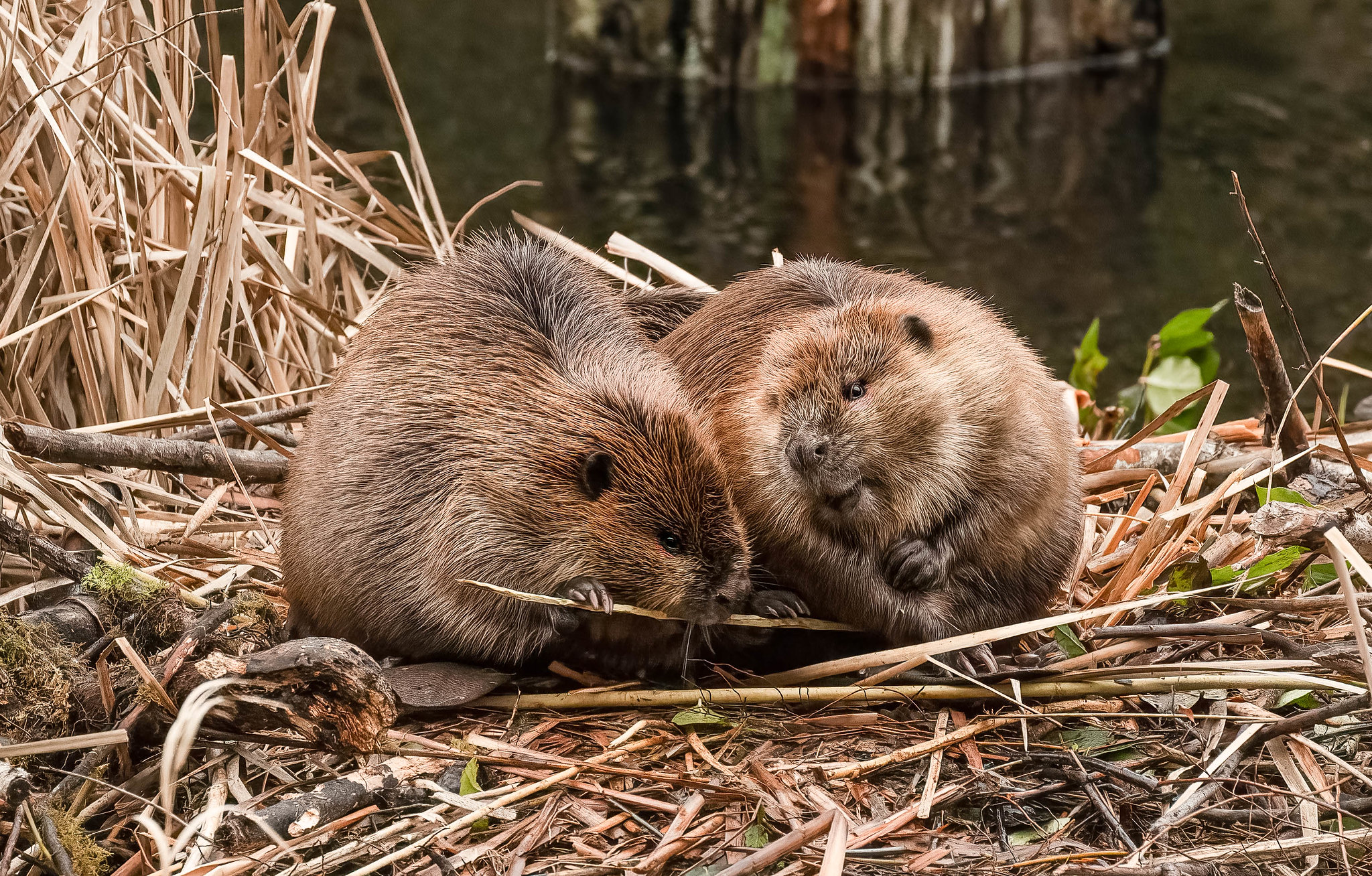The Road Ahead: Public Lands
Public lands are critical environmental resources. They help to preserve ecosystems that may not find protection otherwise, and serve as field laboratories for scientists, vacation sites for families hoping to hook their children on nature, and sanctuaries for wildlife. But, public lands have also historically been the site of resource extraction and other activities that leave lasting marks on the landscape.
Previous posts in the “Road Ahead” series:
The 2016 election has come and gone. President-elect Trump, members of Congress, governors and state legislators are now waking up to the fact that they are running the country and are planning their transition to power.
There is no better time to take a step back and take stock of where we are as a country on the issues that will shape our future. Over the coming weeks, Frontier Group analysts will be providing their take on the lay of the land on the issues on which they work.
Public lands enjoyed an unusual spotlight in 2016. From the armed occupation of a wildlife refuge in Oregon by people advocating the return of federal lands to the states; to the protest in North Dakota led by the Standing Rock Sioux which (for now) has halted the construction of a pipeline through their reservation and surrounding federal land; to President Obama’s use of the Antiquities Act to designate seven National Monument sites during 2016, public lands have been regular headline-makers this year.
Public lands are critical environmental resources. They help to preserve ecosystems that may not find protection otherwise, and serve as field laboratories for scientists, vacation sites for families hoping to hook their children on nature, and sanctuaries for wildlife.
But, public lands have also historically been the site of resource extraction and other activities that leave lasting marks on the landscape. Making up 27 percent of all U.S. territory, public lands are the site of almost 24 percent of all fossil fuels produced in the U.S., and almost 41 percent of all coal production. In FY 2015, there were more than 44,000 leases in effect for drilling on federal onshore lands by oil and gas companies.
Even those lands that America has defined as primarily of value for their recreational or ecological benefits – our national parks – are not immune to threats from extractive industry. In May 2016, the National Parks Service officially permitted Burnett Oil Company to explore 70,000 acres for development in Florida’s Big Cypress National Preserve, which is managed by the National Park Service. In Colorado, the Grand County Commission is fighting a federal proposal to lease over 27,500 acres to oil and gas companies outside Rocky Mountain National Park.
Over time, however, the need to protect ecological resources has taken greater precedence in decisions about public lands. The number of acres of federal land leased to oil and gas companies for production has been falling since 2008, and the number of new drilling leases sold by the federal government to these companies fell 61% from 2011 to 2015. In November 2016, President Obama announced a new five-year ban on the government sale of leases to oil and gas companies for offshore drilling rights in the Arctic Ocean off the coast of Alaska. In the same month, the Bureau of Land Management retired 15 oil and gas leases covering over 32,000 acres of land in the Lewis and Clark National Forest in Montana.
Protecting key federal lands from extraction development is important. Federal lands are the origin of key drinking water sources, and serve as a frontline defense against climate change. National parks sequester 14.8 million metric tons of carbon dioxide annually, offsetting the greenhouse gas emissions from 1.5 million homes. Tourism, hunting, fishing and outdoor recreation also generate significant economic activity. In 2014, visitors to national parks spent almost $16 billion in surrounding towns’ hotels, restaurants and convenience stores.
Efforts to protect public lands, however, often spark pushback from those who see those lands mainly as a resource to exploit. There is a prevalent belief that federally owned lands are vast, useless expanses that could be producing profit, be it through ranching, uranium mining, logging or fracking.
Now, the conflict between the long-term imperative to preserve public lands and the push for short-term profit is about to come to a head. During the campaign, President-elect Donald Trump promised to “lift the restrictions on American energy,” including by enabling “onshore and offshore leasing on federal lands” in order to “open shale and energy deposits” while eliminating the “moratorium on coal leasing.” His broader position on public lands, as expressed on the campaign trail, appears to be more muddled.
Congressional Republicans are likely to have their own ideas – including handing over lands currently owned by all Americans to the states in which they reside. In 2014, Senator Ted Cruz proposed an amendment to the Sportsmen’s Act that would limit federal government ownership to 50 percent of the land area in any individual state. In 2012, Utah passed the Transfer of Public Lands Act, which attempted to claim ownership of more than 30 million acres of public lands to the states or Utah would sue.
Utah congressmen Rob Bishop and Jason Chaffetz introduced the Public Lands Initiative bill in the summer of 2016, a legislative attempt to loosen restrictions on 18 million acres of federal lands in the state. Certain ecological study areas would be opened for industrial development. Rules allowing grazing cattle in some areas would be cemented into law, making it harder to remove lands from grazing if ecosystems decline.
As the nation faces an unprecedented push to open public lands for extractive activities, it’s worth keeping the big picture in mind. President-elect Trump’s push to turn back the clock on energy policy – slowing the move toward clean, renewable energy and rekindling coal-mining and fossil fuel consumption – is out of step with 21st century needs and will leave the United States playing catch-up with the rest of the world when it comes to building a clean energy future.
The fight to defend public lands is not a simple right/left, Red/Blue, liberal/conservative issue. Groups from outdoor retailers to hunting associations have voiced support for the conservation of public lands as shared spaces for outdoor recreation and the maintenance of wildlife. Coalitions of environmentalists and people who use public lands for hunting and recreation have succeeded frequently in recent decades in expanding the amount of land dedicated to preserving America’s natural heritage. They will be even more critical in the challenging years ahead.
Topics
Authors
Find Out More

Rewilding: The promise of a hands off approach to conservation

A look back at what our unique network accomplished in 2023

Nature’s little helpers: The semiaquatic heroes you didn’t know you needed

